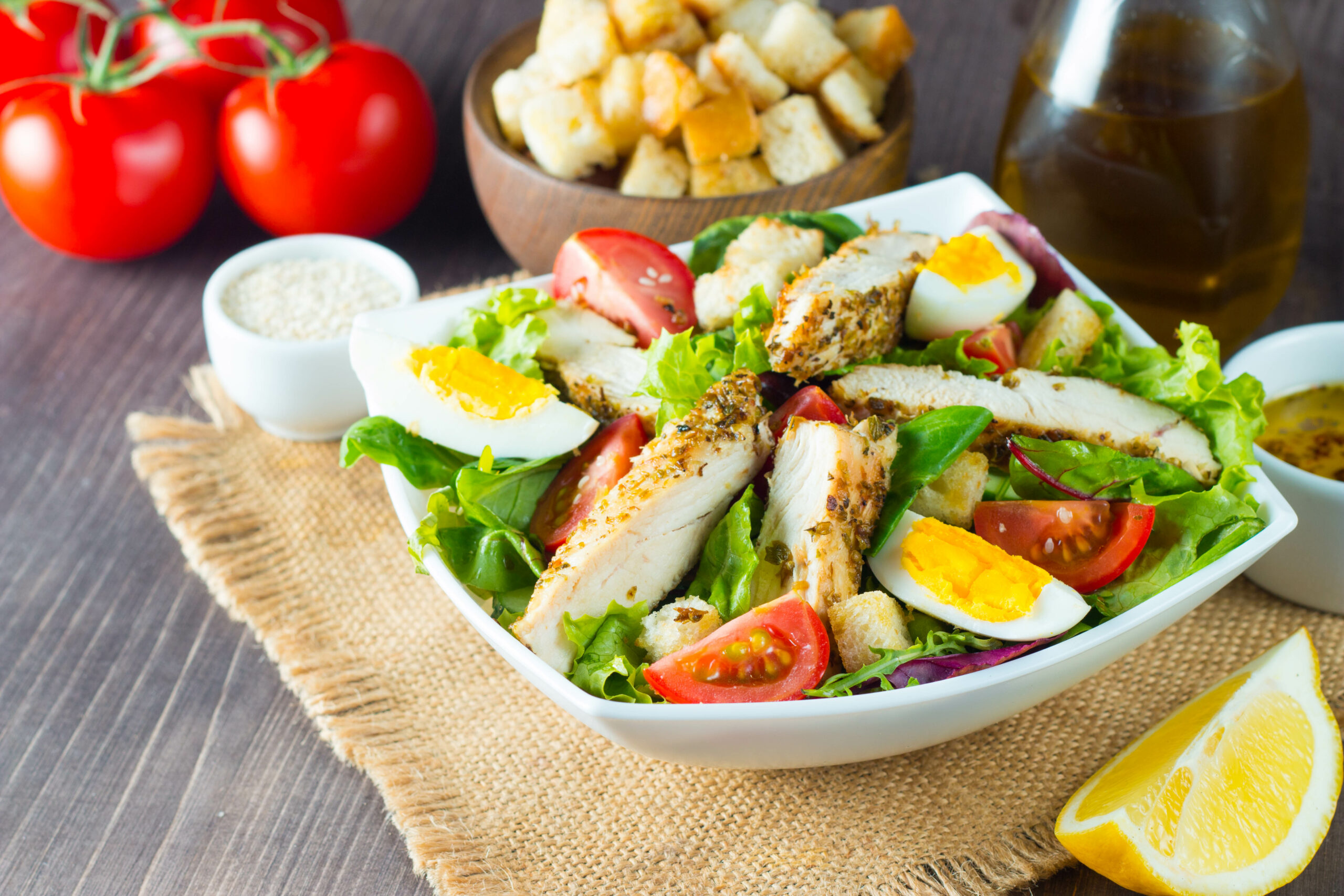By Helaine Krasner, MS, RDN, CSOWM, CDN
Every five years since 1980 the U.S. Department of Agriculture (USDA) and the U.S. Department of Health and Human Services (HHS) release an update of their Dietary Guidelines for Americans (DGA). The DGA is designed for policymakers and nutrition and health professionals to help individuals and their families consume a healthy, nutritionally adequate diet. The information is used to develop, implement, and evaluate federal food, nutrition, and health policies and programs. It also is the basis for educational materials.
Fortunately, the DGA are translated for the public into a user-friendly tool called MyPlate, which replaced the food pyramid in 2011.
The goal of these guidelines is to promote health at every life stage and help prevent chronic diseases facing our population such as obesity, diabetes and heart disease. Updates are based on available scientific evidence related to food and health which is evaluated by a team of nutrition experts, but industry stakeholders and the public are given an opportunity to provide input as well.
Some may argue that the DGA do not impact individual eating habits, but a more national approach to promoting these guidelines could change that. The food industry needs to respond to consumer demand to stay in business. Unfortunately, the situation that exists – driven mainly through millions of dollars in advertising that influences our behavior – is that “they” dictate what “we” demand rather than the other way around. Becoming educated about these nutrition recommendations can help inform our food purchasing decisions and greatly improve our eating habits and the food environment at large.
The typical American diet is lacking in key areas:
- 75 percent don’t meet recommendations for vegetables, fruits and dairy
- 63 percent exceed recommended limits on added sugar
- 77 percent exceed the recommended limit on saturated fat intake
- 90 percent exceed the recommended limit on sodium
The 2020-2025 DGA is finally here with the tagline “Make Every Bite Count.” Important takeaways include:
- Limit added sugars to less than 10 percent of total calories
- Limit saturated fat to less than 10 percent of total calories
- Limit sodium to 2300mg per day
- Limit alcoholic beverages, if consuming at all, to 2 drinks/day for men and 1 drink/day for women
The recommended servings to meet nutrition needs and promote health for a 2000-calorie diet are:
- Vegetables – 2.5 cups per day (include dark leafy greens, red/orange, beans/lentils, starchy)
- Fruit – 2 cups per day
- Grains – 6 oz per day (1 oz = approx. ½ cup cooked)
- Proteins – 5.5 oz equivalent per day (weekly: 26 oz meat/poultry/eggs, 8 oz seafood,5 oz nuts/seeds/soy)
- Oils – 27g/day (approx. 2 Tbsp)
- Discretionary calories– up to 240
MyPlate is a graphic representation of a divided plate illustrating how to include the various food groups into an overall healthy eating plan. Through the website myplate.gov you can get simple nutrition information and guidance on building a healthy eating pattern according to individual needs. Easy recipes are provided to make behavior change easier. There’s even an app for that – Start Simple with MyPlate – where you can get a personalized plan, set goals and monitor progress.
Here are the key points that MyPlate aims to make:
- Fill half your plate with veggies and fruit (focus on whole fruits, vary your veggies, eat the rainbow)
- Limit grains to 1/4 of the plate (make half your grains whole – whole wheat, quinoa, oats)
- Limit protein to 1/4 of the plate (vary protein sources, include plant proteins – beans, lentils, soy)
- Choose low fat or fat free dairy, lactose-free or fortified soy
- Choose foods and beverages with less added sugars, sodium, saturated fat
Overall, here are some simple strategies you should try to incorporate for a healthy and nutritious diet:
- Add fruit to oatmeal and salads, have fruit readily available for snacks
- Have veggies prepped for easy garb-and-go snacks, prepare veggie soups, experiment with new veggies and recipes aiming to eat all colors
- Gradually transition to whole grains. Experiment with new products. Swap out pretzels for popcorn and white rice for quinoa
- Aim for fish twice a week. Try meatless meals like bean chili, lentil soup or stir-fried tofu and vegetables. Add nuts to salads
- Drink low fat milk as a beverage. Eat yogurt for a meal or snack. Prepare oatmeal with milk
- Replace butter with olive oil and choose fish or chicken over red meat
- Eat more healthy fats from salmon, avocado, nuts and seeds
- Check food labels to identify added sugars, salt and saturated fat
- Limit processed foods and try using herbs and spices to add flavor to food with less salt
Resources:
- U.S. Department of Agriculture and U.S. Department of Health and Human Services. Dietary Guidelines for Americans, 2020-2025. 9th Edition. December 2020. Available at DietaryGuidelines.gov.
- U.S. Department of Agriculture MyPlate. Available at myplate.gov.
Helaine Krasner, MS, RDN, CSOWM, CDN is a registered dietitian nutritionist who takes great pride in helping our Bariatric and Medical Weight Management patients achieve their health and weight loss goals.


